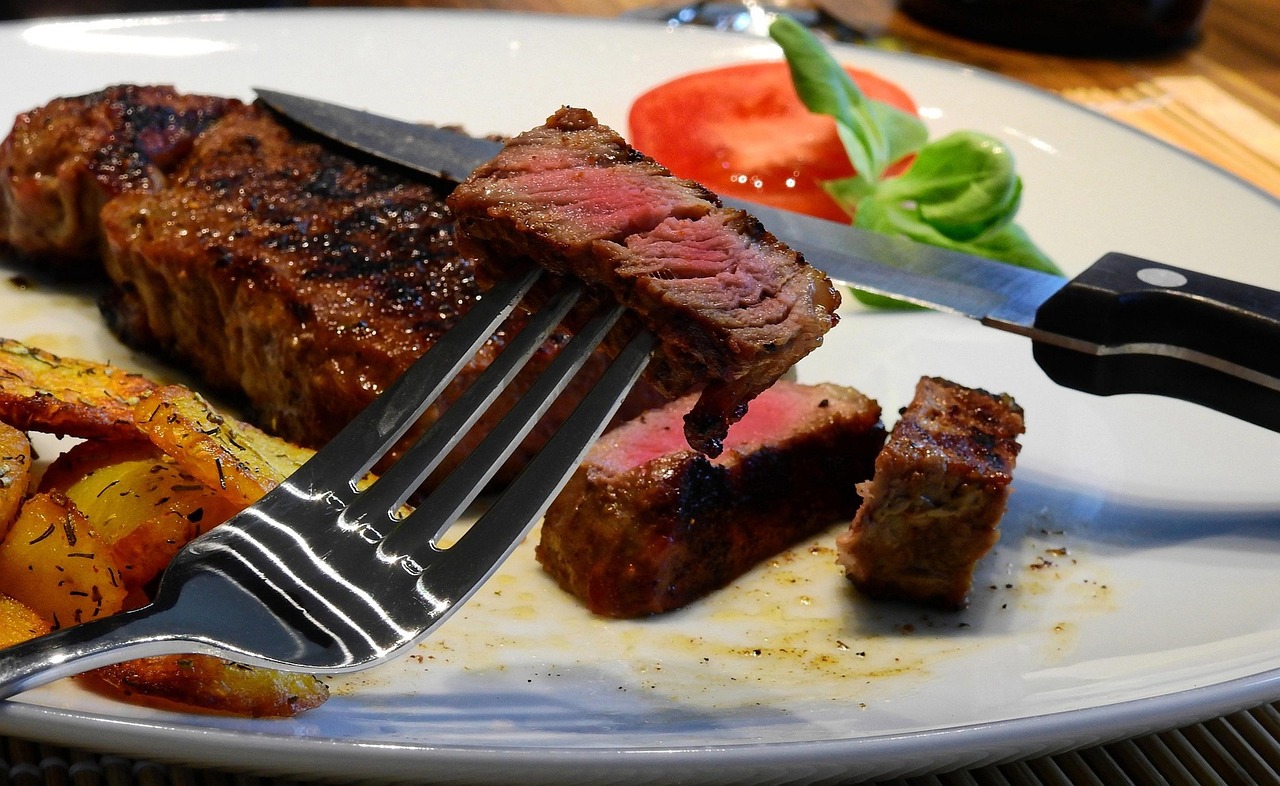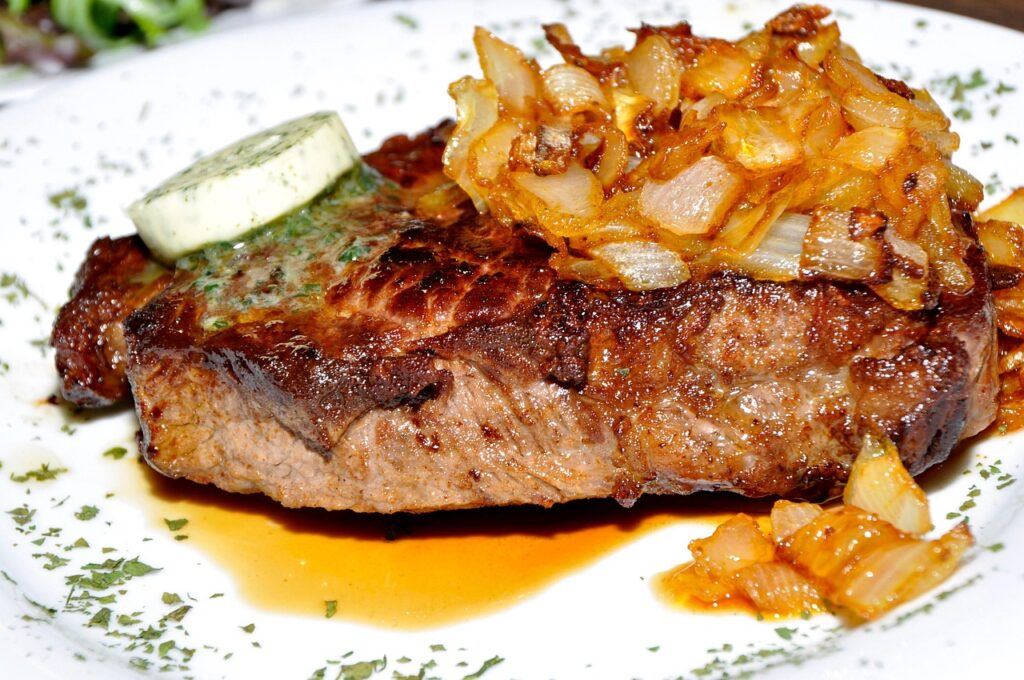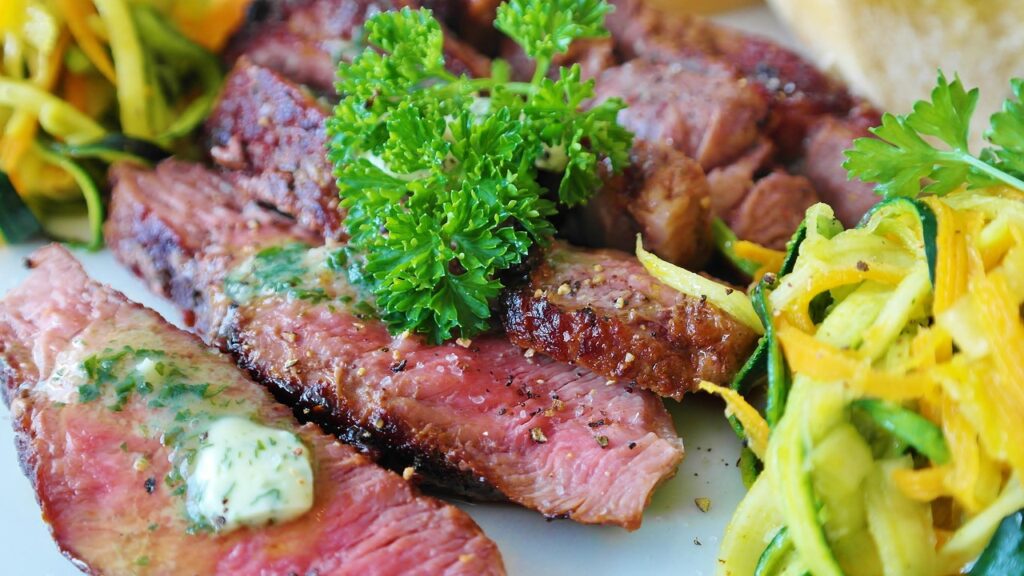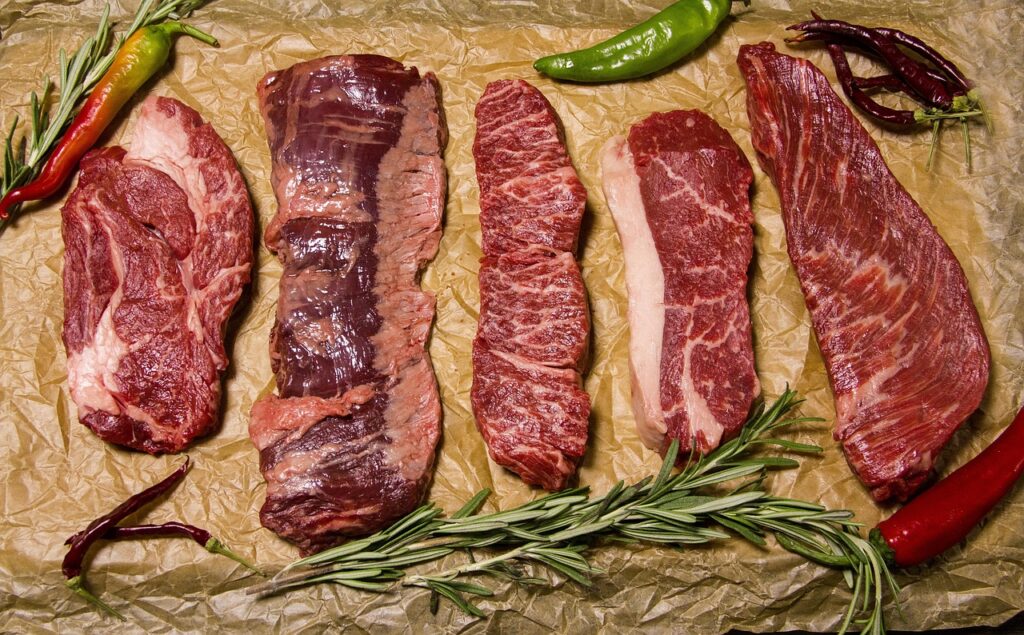- ACTIVITIES
100 Very Best Truth or Dare Questions for Teens


Cooking the perfect steak is an art that combines the right techniques, quality ingredients, and a little bit of patience. Whether you’re a seasoned chef or a home cook eager to impress, mastering steak recipes can elevate your culinary repertoire. From understanding the nuances of seasoning to avoiding common mistakes, this guide will provide you with comprehensive insights and delicious recipes to enhance your steak-cooking skills.

The foundation of a great steak begins with mastering essential cooking techniques. Start by selecting the right cut of meat based on your desired flavor and texture. Heat management is crucial—use a cast iron skillet or grill to achieve a good sear. Allow the steak to come to room temperature before cooking and ensure your pan or grill is preheated to the right temperature.
Resting the steak is equally important; let it sit for a few minutes post-cooking to allow the juices to redistribute. This step ensures that each bite is as juicy as possible.
Even experienced cooks can fall into common pitfalls when preparing steak. Overcooking is a frequent error, often resulting in a dry and tough texture. To avoid this, use a meat thermometer to check the internal temperature and pull the steak off the heat slightly before it reaches the desired doneness.
Another mistake is underseasoning. Don’t be afraid to liberally season your steak with salt and pepper; proper seasoning enhances the natural flavors. If your steak lacks a good crust, ensure your pan is hot enough before adding the meat, and avoid overcrowding the pan to maintain high heat.
Garlic butter is a simple yet luxurious way to enhance the flavor of your steak. To make garlic butter, combine softened butter with minced garlic, chopped parsley, and a pinch of salt. Spread this mixture over the steak just before serving for a rich, aromatic finish.
For variations, consider adding herbs like thyme or rosemary, or a dash of lemon juice for a hint of acidity. This versatile condiment pairs well with all types of steak and can be prepared in advance and stored in the refrigerator.
Steak bites are a fantastic option for those seeking a quick and flavorful meal. Start by cutting your chosen steak into bite-sized pieces. Season with salt, pepper, and your preferred spices. Sear the steak bites in a hot skillet with a bit of oil until they develop a caramelized crust.
For a simple recipe, toss the cooked steak bites with a garlic butter sauce. Serve these savory morsels with a side of roasted vegetables or over a bed of rice for a satisfying meal. Steak bites are perfect for appetizers or a quick weeknight dinner.

Grilling steak offers a unique flavor profile, characterized by smoky notes and a robust char. To achieve perfect grill marks, preheat your grill to high heat and ensure the grates are clean and well-oiled. Place the steak on the grill and avoid moving it for a few minutes. This allows the grill marks to develop.
Rotate the steak 45 degrees halfway through cooking on each side to create a crosshatch pattern. Use a meat thermometer to monitor doneness and let the steak rest before slicing. Pair grilled steak with a fresh salad or grilled vegetables for a complete meal.
Choosing between skirt steak and flank steak can impact the flavor and texture of your dish. Skirt steak is known for its intense beefy flavor and is best cooked quickly over high heat. It is ideal for fajitas or stir-fries. Flank steak, on the other hand, is leaner and benefits from marinating to tenderize the meat. It is perfect for grilling or broiling and works well in dishes like steak salads or tacos.
Both cuts should be sliced against the grain to maximize tenderness. Consider your recipe and cooking method when selecting between these two popular cuts.
Seasoning is a crucial step in preparing a delicious steak. The classic combination of salt and pepper is a timeless choice, but don’t be afraid to explore additional flavors. For a bolder taste, incorporate spices like smoked paprika, cumin, or chili powder.
Herb rubs with rosemary, thyme, or oregano can add a fragrant aroma. When seasoning, apply generously and allow the steak to sit for at least 30 minutes before cooking. This resting period enables the seasoning to penetrate the meat, enhancing its depth of flavor.

Understanding cooking times is essential for achieving your preferred steak doneness. For a medium-rare steak, aim for an internal temperature of 130-135°F. This usually requires about 3-4 minutes per side on a hot grill or skillet.
For medium doneness, cook the steak until it reaches 140-145°F, extending the cooking time slightly. Use a reliable meat thermometer to ensure accuracy and adjust times based on the thickness of your steak.
Herb butter is a versatile addition that can elevate your steak’s flavor profile. Start with a base of unsalted butter and mix in herbs like chives, tarragon, or basil. For a spicy kick, add a pinch of cayenne pepper or smoked paprika.
Shape the herb butter into a log and refrigerate. Slice a piece to top your steak just before serving. This finishing touch melts into the meat, adding richness and complexity to each bite.
Proper storage is key to maintaining the quality of leftover steak. Allow the steak to cool completely before wrapping it tightly in plastic wrap or aluminum foil. Store in an airtight container in the refrigerator for up to three days.
For longer storage, freeze the steak in a freezer-safe bag, removing as much air as possible. When ready to use, thaw the steak in the refrigerator overnight. This method preserves the texture and flavor of the meat.
Reheating steak without sacrificing its quality can be challenging. To retain moisture, use the oven method. Preheat your oven to 250°F and place the steak on a wire rack over a baking sheet. Heat for 20-30 minutes, or until warmed through.
Alternatively, reheat in a skillet over low heat, adding a bit of broth or butter to prevent drying out. Avoid using a microwave, as it can result in a rubbery texture.
For those following a gluten-free diet, steak is a naturally safe and delicious option. Opt for simple seasonings and pair your steak with gluten-free sides like roasted vegetables or quinoa salad.
Consider a gluten-free marinade using tamari, olive oil, garlic, and herbs. This marinade infuses the steak with flavor while keeping it safe for gluten-sensitive individuals.
Steak is a versatile ingredient that can be adapted to various culinary styles. For a special occasion, try a classic steak au poivre, featuring a peppercorn crust and creamy sauce. Alternatively, create a steak sandwich with caramelized onions and blue cheese for a gourmet lunch option.
For a unique twist, prepare steak tacos with avocado salsa and pickled onions. These creative recipes showcase the adaptability of steak, making it suitable for any occasion.